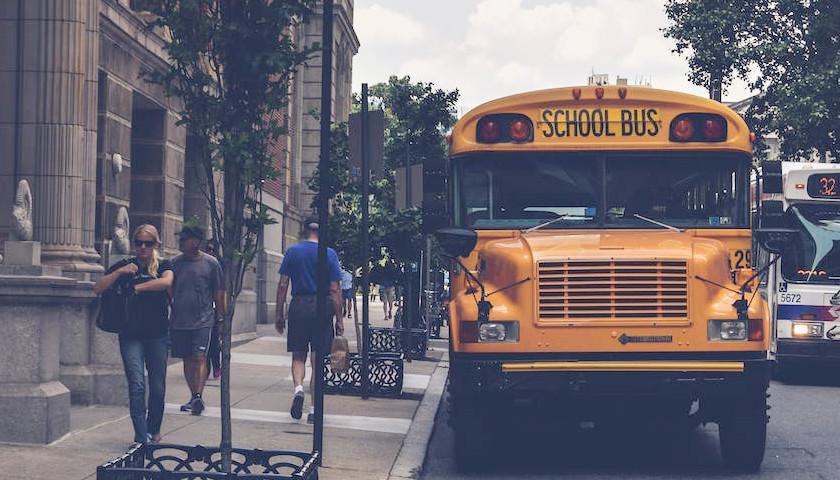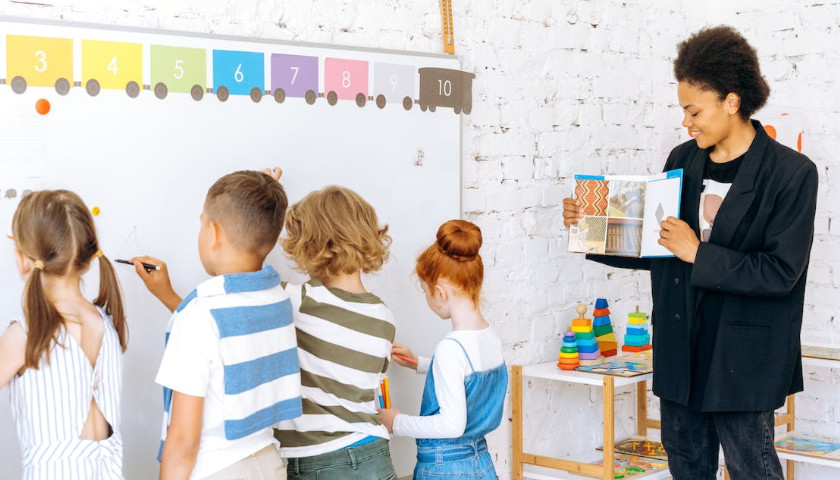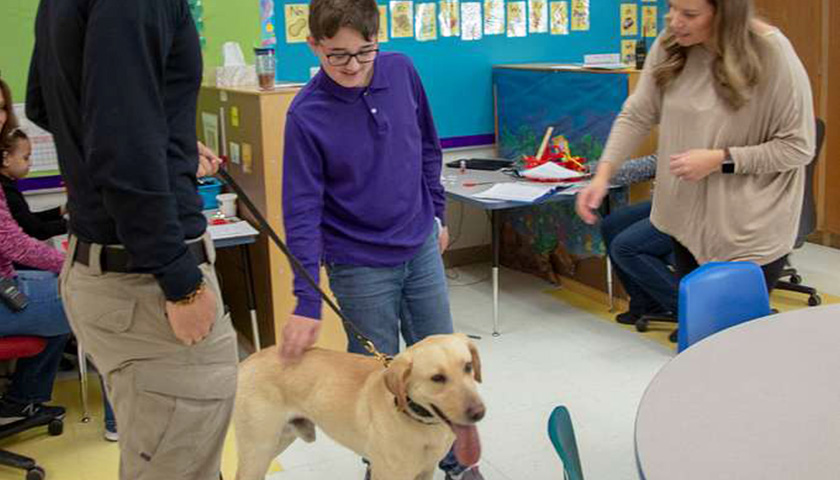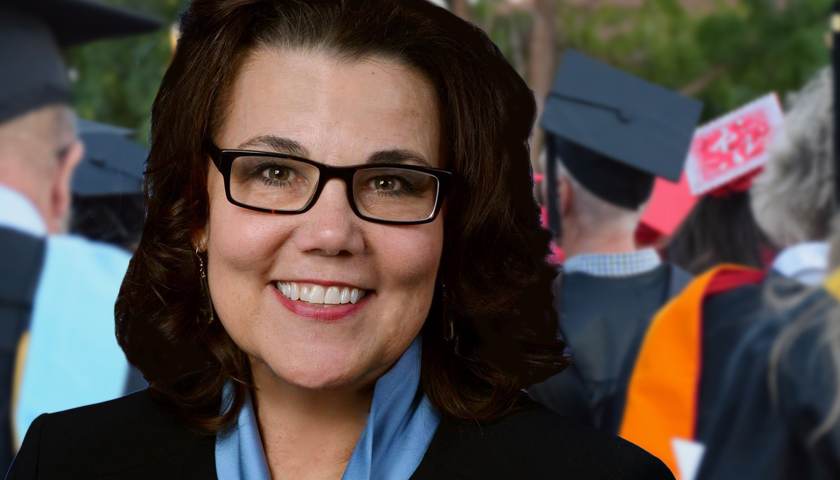A new report found Michigan school districts spent their COVID-19 funds similarly to their general budget, with nearly half spent on employee compensation and benefits.
A Mackinac Center for Public Policy report shows how school districts have spent $2.5 billion of the $6 billion in federal pandemic aid between the 2019-20, 2020-21 and 2021-22 school years.
Read More





